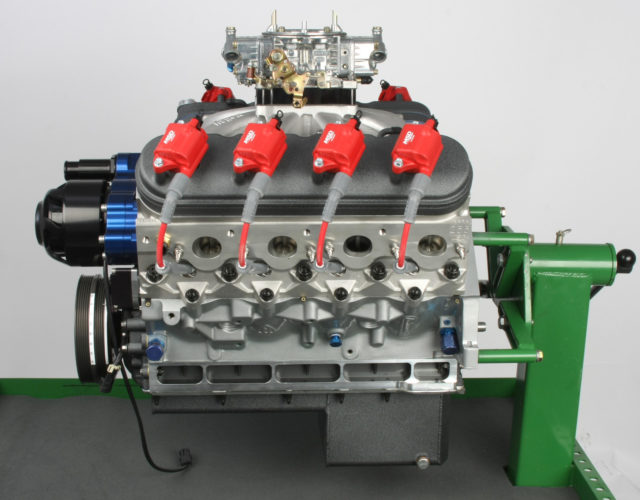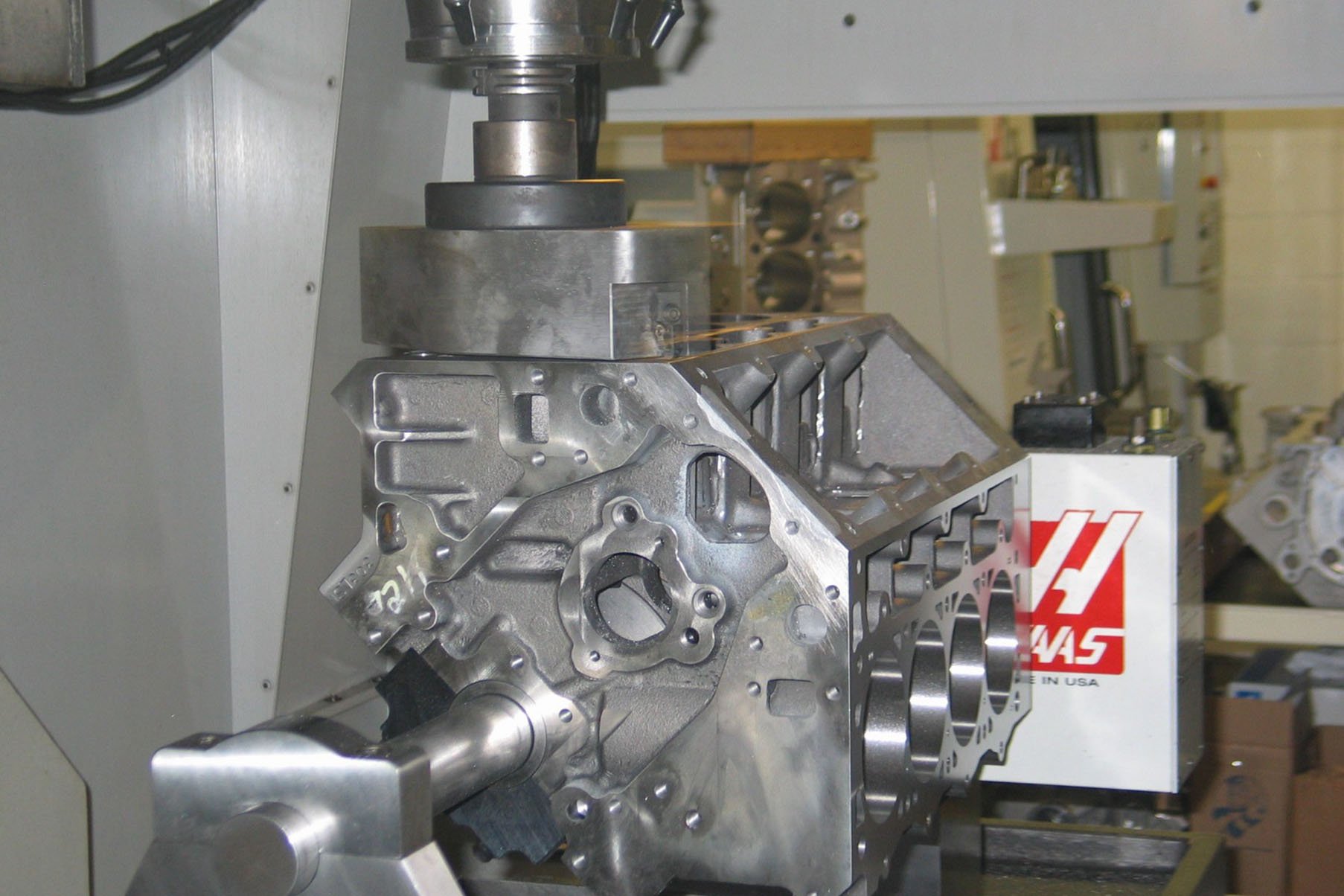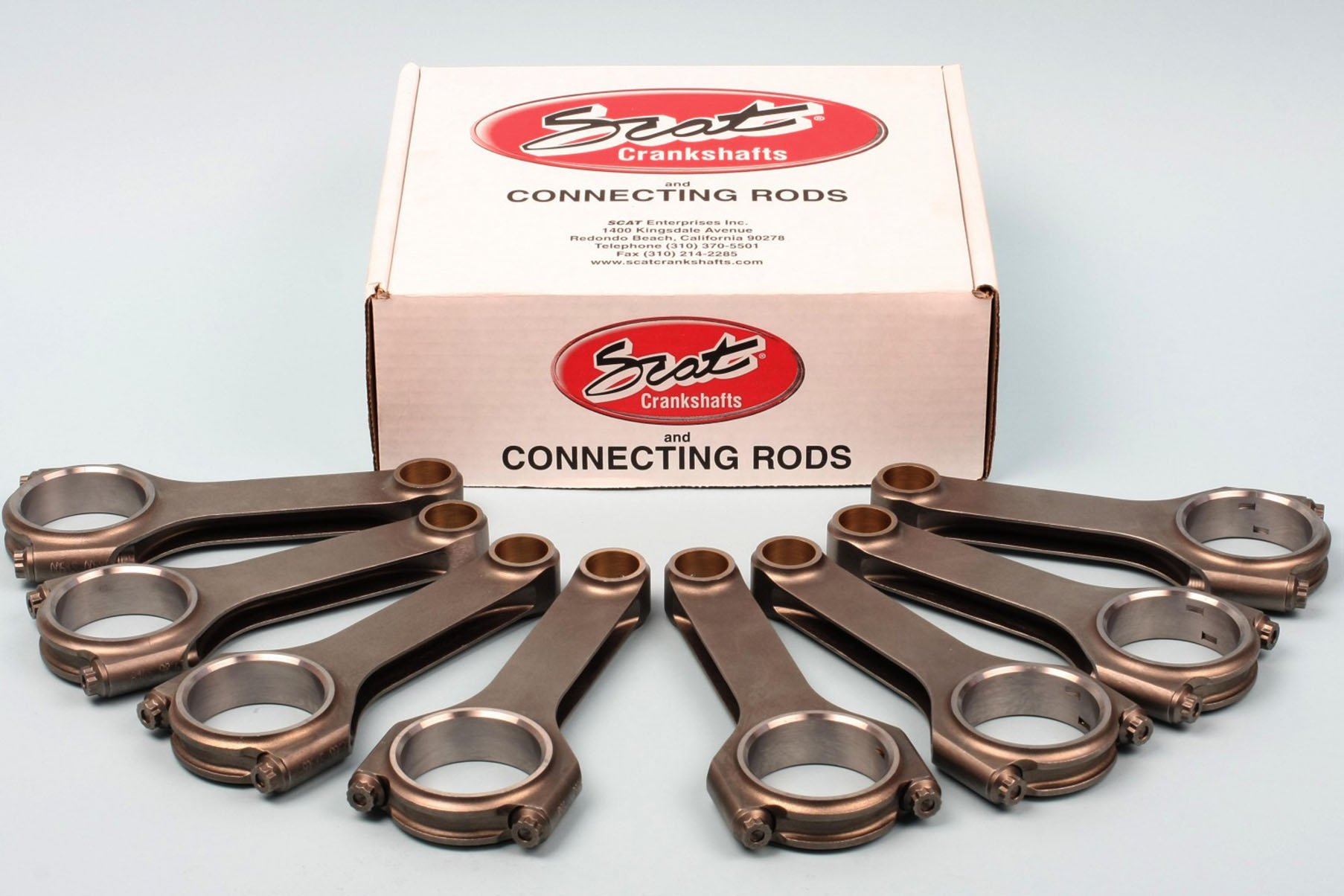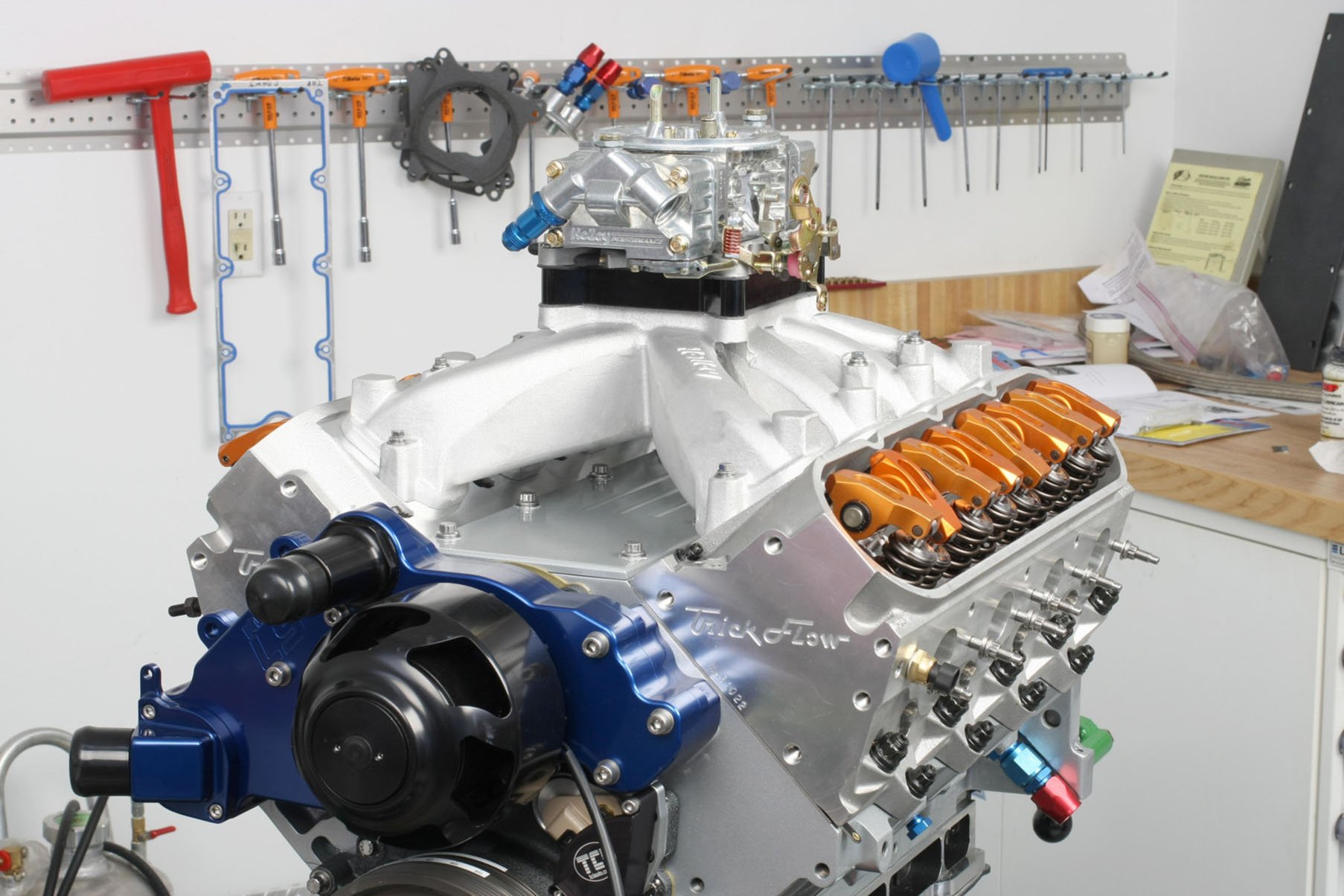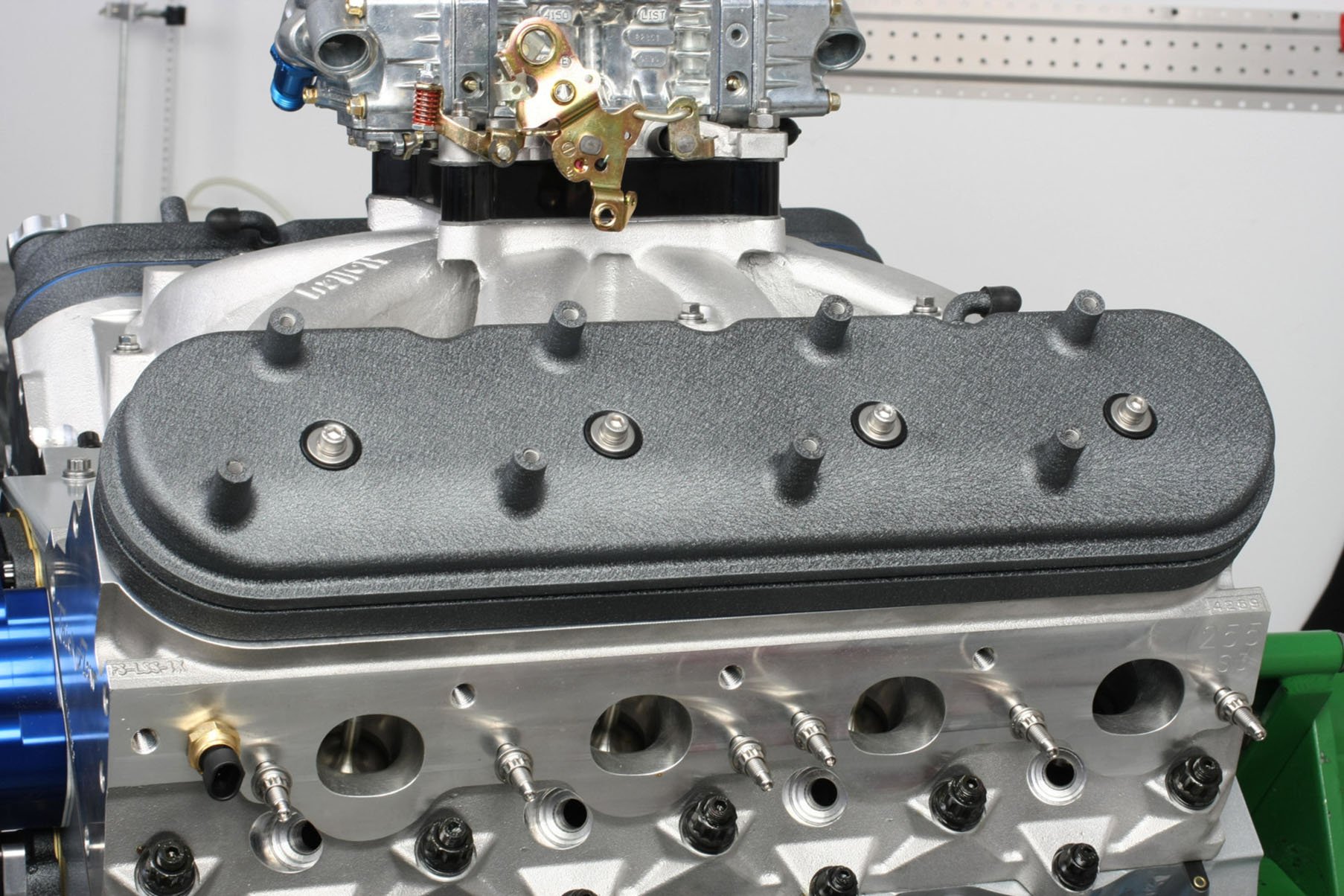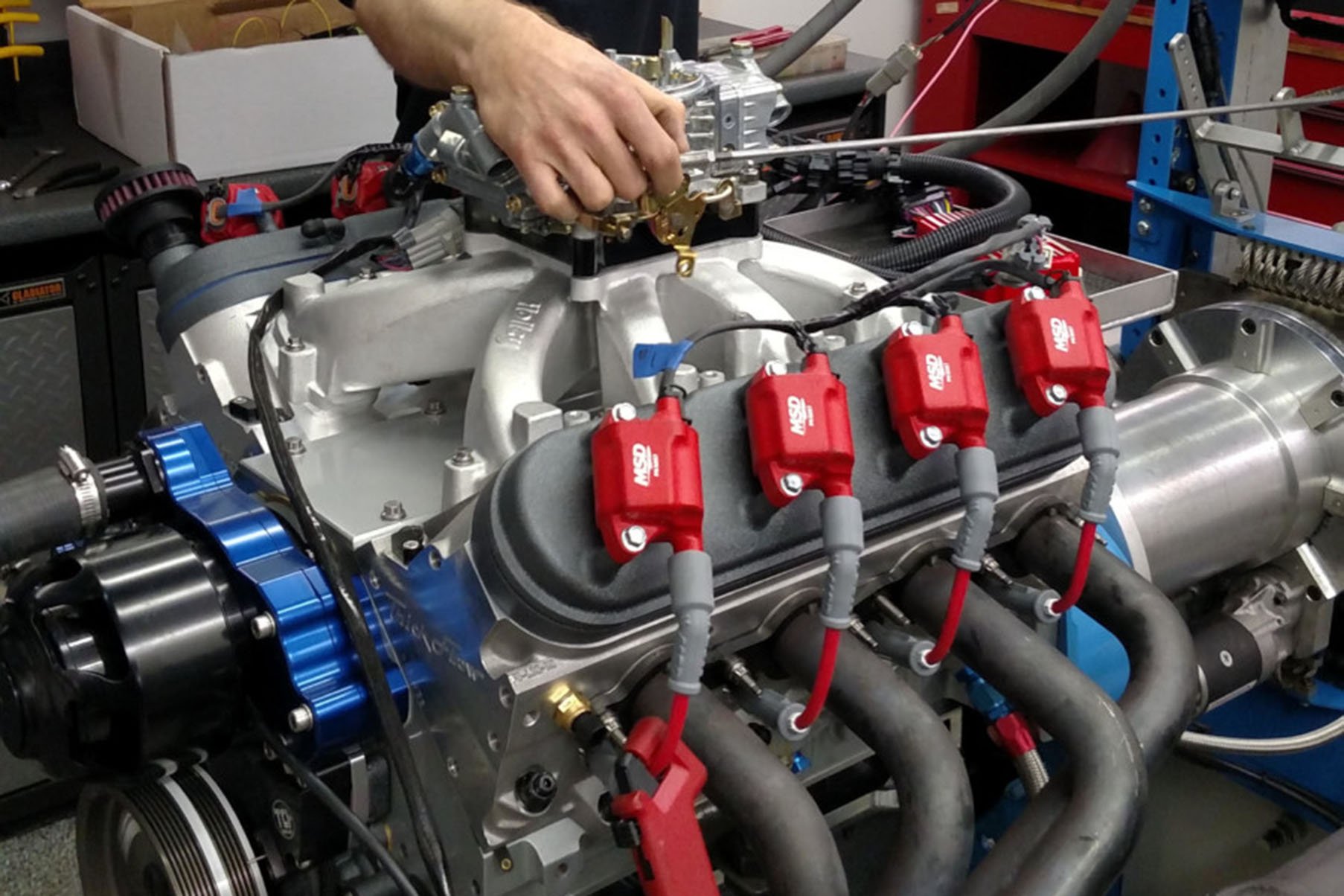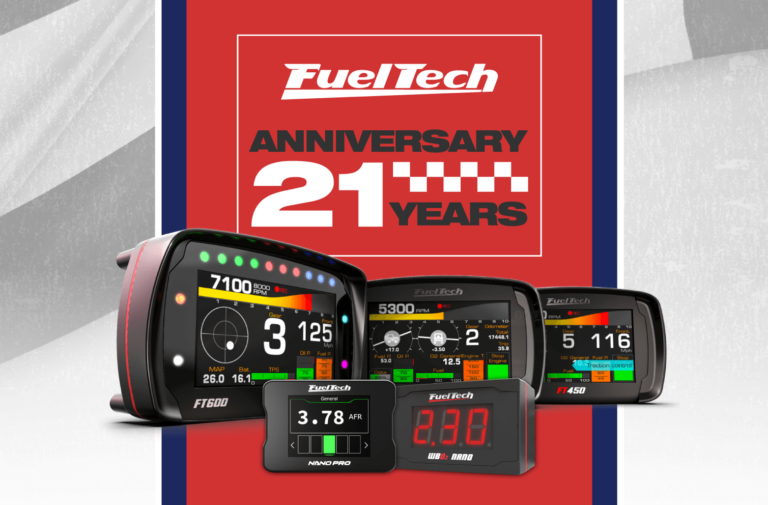Founded in 1980 by Mike Mavrigian alongside Birchwood Racing, an outfit that focused on 12 and 24-hour sports car endurance racing, Birchwood Automotive operates on a three acre facility in Creston, Ohio, a small town roughly 30 miles west of Akron. Since 1992, the company has offered custom-build engine and vehicle services as well as technical writing and photography for corporate clients including Porsche, Chrysler, Toyota, Holley Performance Products and others.
“The majority of our custom engines are primarily built for publication use by various magazines and books,” Mavrigian told us. “But more recently we’ve started to offer our services to the public for custom engine builds, vintage restorations and the occasional street rod.”
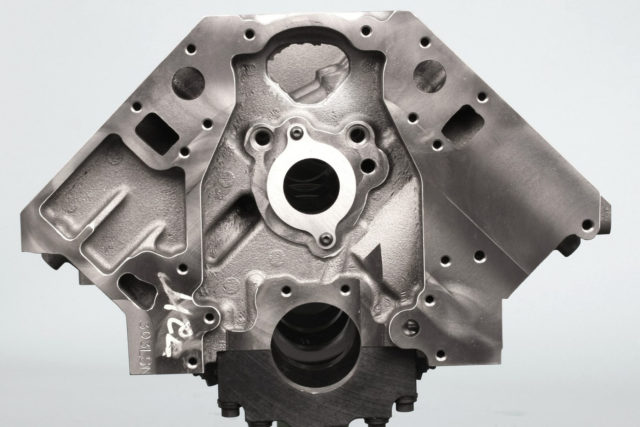
Dart’s LS Next block features a number of improvements over the factory LS blocks, with the biggest difference being the elimination of the factory Y-block design with the extended oil pan rails and separate crankcase bays. The crankcase is more like a traditional small block Chevy, so the block is stronger and windage is reduced. Image: OnAllCylinders
Their latest effort sees the team applying their talents to a 440-cube LS Next build, a project which is detailed in depth over at Summit Racing’s OnAllCylinders blog. “Quite simply, the Dart LS Next block design attracted me,” added Mavrigian.
”While based on the GM LS format, the Dart block features a number of performance and durability enhancements, including a priority main oiling system, high-nickel iron casting, thicker (.675-in.) decks, siamesed bores with a wall thickness of .275-in. (when cylinders are bored to 4.185-in.), elimination of the Y-block design to improve windage and bay-to-bay breathing, and more. The block provides an excellent working base for increases in bore and stroke.”
The block was decked to 9.2370-inch to equalize the distance from the decks to the crank centerline. The slim profile of Scat's forged connecting rods provides added clearance for stroker setup and large base circle cams, while the asymmetric JE pistons that Birchwood selected came weight matched (like the connecting rods), eliminating the need for any corrections during balancing. Images: OnAllCylinders
Offered from Dart in either cast or billet aluminum and a choice of 4.000 or 4.125-in. bores, Dart’s high-precision CNC machining of the raw block allows for a relatively easy build, with no need to correct any geometry or dimensional issues.
Some of the highlights of the bottom end of the build consist of a balanced Scat forged crankshaft, JE Pistons which measure approximately 2.030 inches wide on the thrust side and 1.460 inches on the non-thrust side, 4340 forged steel Scat H-beam connecting rods, and a COMP Cams hydraulic roller camshaft with lift specs of 0.624-inch with 1.7:1 ratio rockers and an advertised duration of 292-degree intake/300-degree exhaust.
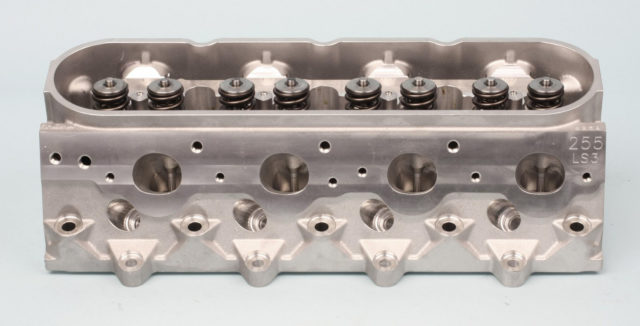
The Trick Flow GenX 255 heads feature fully CNC machined decks, chambers, intake and exhaust ports, valve locations, and seats, and come fully assembled with stainless steel valves, valvesprings, locks, and titanium spring retainers. Image: OnAllCylinders
Birchwood chose a set of LS3-style Trick Flow GenX 255 cylinder heads for this build, which feature CNC ported 255cc intake and 87cc exhaust runners, 69cc CNC combustion chambers, and 1.300-inch, 448-pound dual valvesprings good to .850-inch valve lift, along with an ARP cylinder head stud kit specific to the 23-bolt LS Next application.
“When test fitting the Trick Flow heads, we discovered the four outboard bolt holes on the heads were 0.350-inch in diameter, likely to accommodate OE- size 8mm bolts on a GM factory LSX block,” said Mavrigian. “To use the required 3/8-16 ARP studs for the Dart block, we enlarged and chamfered these four holes on each head to 0.390-inch, more than enough for the 3/8-inch studs that the Dart block requires.”
Birchwood Automotive machined a custom valley plate for the build using 1/4-in. thick 6061 aluminum and locked it into place using ARP stainless steel 12-point bolts. They also installed a installed a 1-in. phenolic spacer underneath the Holley double pumper to bolster top end power. Images: OnAllCylinders
On the top end of the build, Birchwood selected an MSD 6LS-2 controller and MSD coils to handle ignition duties, while NGK V-Power plugs gapped to 0.045 inch provide the spark.
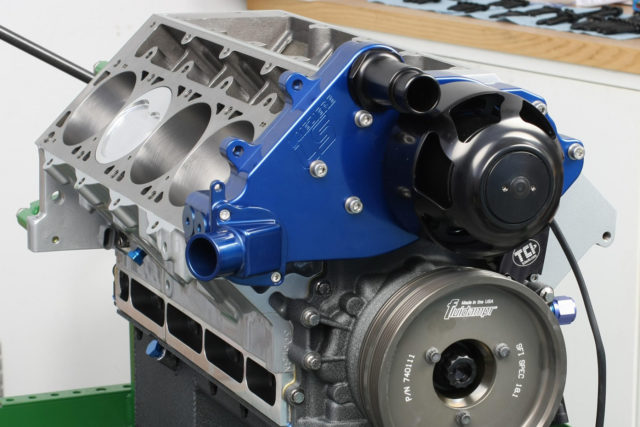
The Meziere billet aluminum electric water pump selected for the build flows 55 gallons per minute and is designed to accommodate an OE serpentine belt setup. Image: OnAllCylinders
The team ran into a clearance issue with the Harland Sharp roller rockers they’d selected for the build, as they hit the undersides of the stock-height valve covers. “Rather than going to taller valve covers, we installed a pair of ¾-inch tall ICT billet aluminum spacers to get the necessary clearance,” Mavrigian explained.
The team tapped Holley Performance for the single plane intake manifold and 850 cfm double pumper carburetor, along with a set of the company’s new cast aluminum valve covers that feature bosses to mount a set of coils without the need for unsightly coil brackets.
Once assembly was completed, the team headed over to Gressman Powersports in Fremont, OH to put the new mill on the dyno. “Scott Gressman plotted a custom ignition curve using the software supplied with the MSD ignition box,” Mavrigian added. “Timing at idle was set at 15 degrees, which ramped up to 27 degrees by 2,500 rpm.”
Holley's new cast aluminum valve covers are offered in polished, natural, and black ceramic coated finishes. Mavrigian says they opted for the natural finish so they could powdercoat them in a dark charcoal wrinkle finish that matches the Moroso oil pan they chose. After some minor jetting adjustments, the motor made 665.2 horsepower at 6,000 rpm and 627.3 pound-feet of torque at 4,900 rpm. Images: OnAllCylinders
They noticed that as the motor was reaching peak power levels, the SuperFlow dyno’s air/fuel monitor indicated a lean condition, which was remedied by swapping out the #80 jets in the primaries and secondaries for #88s.
“Given more dyno time, we could have made some incremental power increases by messing with the carburetor and ignition timing,” admitted Mavrigian. “But all in all, our LS Next will make a nice stump puller in a mid-size muscle car or an F-body.”
Of that we have no doubt. Check out Birchwood Automotive’s website to see all the services offered by this world-class performance shop and see what they can do for your next project!



